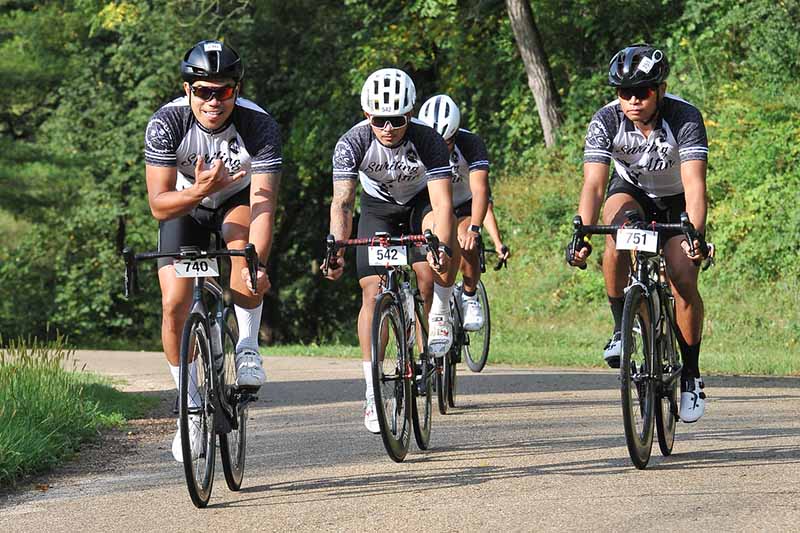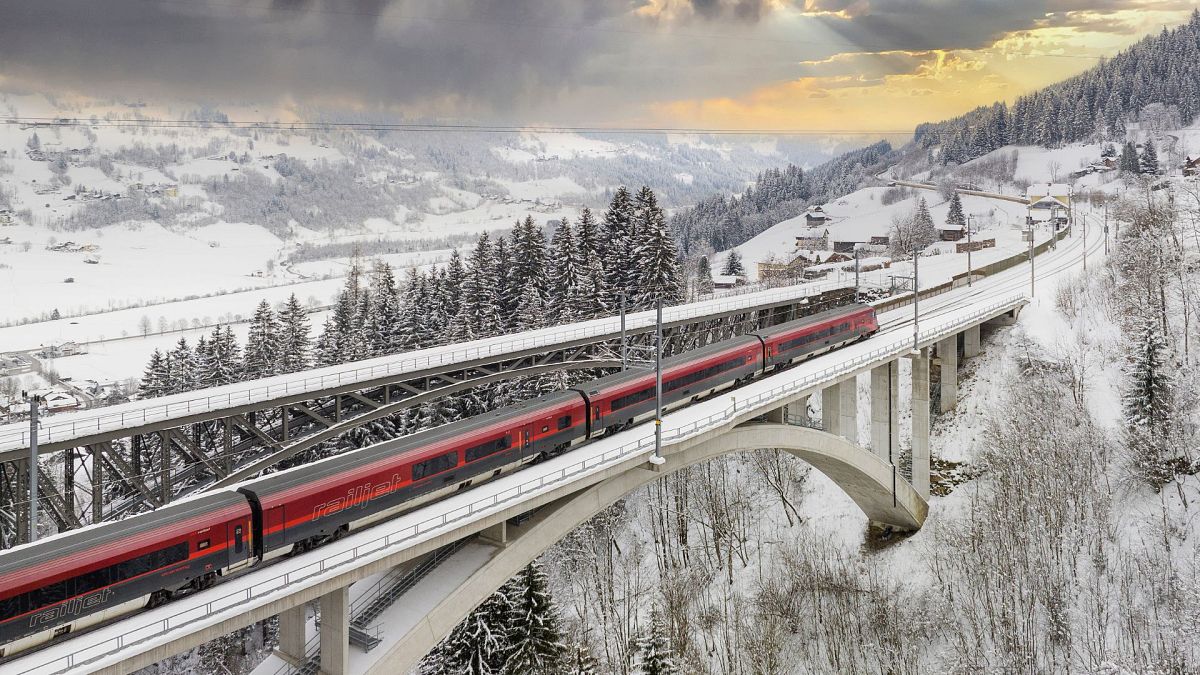Every year, cycling enthusiasts around the world eagerly anticipate the Tour de France, one of the most prestigious and challenging cycling events globally. As we delve into the 2025 edition of this iconic race, the burning question on everyone’s mind is, “How long is the Tour de France 2025?” The length of the Tour de France varies each year, with intricate routes and varying terrains that test the endurance and skill of the cyclists. Stay tuned as we uncover the specific details of the length of this year’s Tour de France and explore the thrilling challenges that await the riders on this legendary cycling journey.
🗓️ Dimanche 6 octobre / Sunday October 6.
▪️ 118ème édition de #ParisTours Elite
▪️ 82ème édition de #ParisTours Espoirs
▪️ Le KM de #ParisTours🥰 Nouveau festival du cyclisme en perspective en Touraine !🍇
🥰 A new cycling festival on the cards in Touraine!🍇 pic.twitter.com/QAv8fJldvt
— ParisTours (@ParisTours) September 16, 2024
History of the Tour de France
The Tour de France, one of the most prestigious cycling events globally, first took place in 1903. The race was founded by Henri Desgrange, a French newspaper editor, as a strategy to boost sales for his publication, L’Auto. The inaugural race consisted of six stages covering a distance of 2,428 kilometers.
The Evolution of the Tour
Over the years, the Tour de France has evolved significantly. It has grown in length, complexity, and global viewership. From its humble beginnings, the race now spans over three weeks and covers around 3,500 kilometers across various challenging terrains.
Iconic Moments and Champions
The Tour de France has witnessed numerous iconic moments and legendary champions. Cyclists like Eddy Merckx, Miguel Indurain, and Lance Armstrong have left an indelible mark on the race’s history with their multiple victories and incredible performances.

Significance of Tour de France 2025
The Tour de France 2025 is a highly anticipated event in the cycling world, attracting top cyclists, enthusiasts, and spectators from around the globe. This prestigious race not only showcases the endurance and skill of the riders but also serves as a platform for countries to promote tourism, showcase their scenic routes, and boost their economy.
Exciting Route
The route for Tour de France 2025 promises to be thrilling and challenging, covering a diverse terrain that will test the riders’ abilities to the maximum. Spectators can expect breathtaking views and intense competition as the cyclists navigate through mountains, flatlands, and urban landscapes.
Additionally, the Tour de France 2025 route is designed to highlight the cultural heritage and natural beauty of the host regions, providing a unique opportunity for fans to explore different parts of the country.
Technological Advancements
In the Tour de France 2025, technological advancements such as innovative bike designs, data analytics, and enhanced safety measures are expected to play a significant role in optimizing performance and ensuring a competitive race environment.
By leveraging the latest technologies, cyclists can track their progress, analyze their performance metrics, and make strategic decisions to improve their chances of success in this prestigious event.

Changes in the Route for 2025
For the 2025 Tour de France, some significant changes in the route are sure to excite cycling enthusiasts around the world.
New Challenging Climbs
This year, the organizers have introduced several new challenging climbs that will push the riders to their limits. These climbs are designed to test the endurance and skill of the cyclists.
One of the most anticipated climbs is the Mont Ventoux, known for its steep gradients and unpredictable weather conditions.
Extended Distance
In addition to the new climbs, the 2025 Tour de France will cover an extended distance compared to previous years. This increase in distance will add an extra element of challenge to the race.
- Stage 7 will feature a record-breaking 230 km route
- Stage 15 will test the riders with a grueling 250 km journey
Training and Preparation for the Race
Preparing for the Tour de France 2025 requires rigorous training and meticulous planning. Cyclists typically start their training months in advance to build endurance and strength for the grueling race.
Creating a Training Schedule
Cyclists follow a structured training schedule that includes long rides, interval training, hill repeats, and strength training. This helps them build both cardiovascular fitness and muscle strength.
It is essential to incorporate rest days into the schedule to allow the body to recover and prevent burnout.
Nutrition and Hydration Plan
Proper nutrition and hydration are critical for peak performance during the race. Cyclists need to consume a balanced diet rich in carbohydrates, proteins, and healthy fats to fuel their rides.
- Carbohydrates provide energy for long rides.
- Proteins aid in muscle recovery and repair
- Hydration is key to preventing dehydration and maintaining performance
Expected Duration of the Tour de France 2025
The Tour de France 2025 is expected to be held over 21 days, starting on Saturday, July 5th, and concluding on Sunday, July 27th. This grand cycling event typically covers a total distance of around 3,500 kilometers, with varying stages that challenge the riders both physically and mentally.
Challenging Routes
The route for the Tour de France 2025 will encompass diverse terrains, including flat stages, mountainous climbs, and time trials. This variety is designed to test the riders’ abilities across different conditions, making it an exciting spectacle for both participants and spectators alike.
Among the notable stages, the high mountain stages in the Alps and the Pyrenees are expected to be particularly grueling, separating the contenders from the rest of the peloton.
Time Trial Focus
The individual time trials, which are critical in determining the overall winner of the Tour de France, will play a significant role in the 2025 edition. These stages test the riders’ speed and endurance against the clock, adding an element of suspense to the race.
- The time trial stages will require riders to maintain a consistent pace over a set distance, showcasing their solo riding skills.
- Each second saved or lost in a time trial can have a profound impact on the final standings, making it a crucial aspect of the race.

Impacts of the Tour on Local Communities
Hosting the Tour de France in a local community brings about various economic, social, and cultural impacts. Local businesses benefit from increased tourism during the event, boosting revenue. Additionally, the exposure received by the community can attract future visitors, sustaining long-term economic growth.
Economic Boost
The influx of tourists during the Tour de France resulted in a surge in local spending on accommodations, dining, and souvenirs, directly benefiting the community’s businesses. This economic boost can have a lasting effect, enhancing infrastructure and services for residents.
Local businesses experience a significant uptick in sales, particularly those catering to tourists, creating employment opportunities, and stimulating economic development.
Social Engagement
The Tour de France brings communities together, fostering a sense of pride and unity. Residents actively participate in the event by cheering on cyclists, volunteering, or organizing festivities, leading to strengthened community bonds.
- Residents come together to celebrate the culture
- Community events promote inclusivity
Technology and Innovation in the Tour de France
The Tour de France has always been at the forefront of embracing technology and innovation to enhance the race experience for both cyclists and spectators. In the 2025 edition of the Tour de France, we can expect to see even more cutting-edge advancements that will push the boundaries of what is possible in the world of cycling.
Virtual Reality
One of the exciting technological developments in recent years has been the integration of virtual reality into the Tour de France. Spectators can now immerse themselves in the race like never before, experiencing the sights and sounds of the peloton from the comfort of their own homes.
This innovative use of technology not only provides a more engaging viewing experience but also allows fans to feel more connected to the race despite not being physically present.
Enhanced Data Analysis
In the 2025 Tour de France, teams are utilizing advanced data analysis tools to optimize performance and strategy. By gathering real-time data on riders’ power output, heart rate, and cadence, teams can make informed decisions on when to push for a breakaway or conserve energy for the mountains.
This level of data-driven analysis provides teams with a competitive edge and allows for more strategic and tactical racing.
Environmental Initiatives in the Tour
The Tour de France 2025 has taken significant steps towards implementing eco-friendly practices to minimize its environmental impact. These initiatives aim to ensure sustainability and reduce carbon footprint throughout the event.
Use of Sustainable Materials
Organizers have shifted towards using recycled materials for various purposes, such as banners, signage, and promotional items. By opting for sustainable alternatives, the Tour aims to reduce waste and promote a greener approach.
Carbon Offsetting Programs
To counteract the carbon emissions generated during the event, the Tour has initiated carbTourffsetting programs. This involves investing in projects that reduce greenhouse gases to balance out the environmental impact of the race.
- Supporting renewable energy projects
- Tree planting initiatives to promote forest restoration
Frequently Asked Questions
- What is the length of the Tour de France in 2025?
- The length of the Tour de France in 2025 is currently planned to be approximately 3,500 kilometers.
- How does the length of the Tour de France vary from year to year?
- The length of the Tour de France can vary from year to year based on the route and locations chosen for that particular edition of the race.
- What factors determine the total distance of the Tour de France?
- Factors such as the cities and regions the Tour passes through, thTouruntain stages, time trials, and rest days all contribute to determining the total distance of the Tour de France.
- Why is the length of the Tour de France significant?
- The length of the Tour de France is significant because it affects the endurance and strategy required by the cyclists, as well as influencing the overall competitiveness of the race.
- Has the length of the Tour de France changed over the years?
- Yes, the length of the Tour de France has changed over the years due to various factors such as route revisions, historical developments, and modernization of the race.
Unraveling the Tour de France 2025: In Conclusion
As this year’s Tour de France unfolds, one burning question on everyone’s mind remains: How long is the Tour de France 2025? With a challenging yet exhilarating route spanning approximately 3,400 kilometers, cyclists participating in this iconic race are set to test their endurance, skill, and determination like never before.
Through the picturesque landscapes of France, the cyclists will push themselves to the limit, showcasing their strength and strategy over three grueling weeks. The length of the Tour de France is not merely a number; it symbolizes the ultimate test of human capability and athletic prowess.
So, whether you’re a cycling enthusiast or a sports fan, the Tour de France 2025 promises to be a spectacle worth watching, celebrating the power of the human spirit and the thrill of competition.





